EASA Theoretical Knowledge Examinations
(Updated on 26th March 2021)
Introduction
I am starting to get a lot of enquiries from both students and pilots in relation to what is required for the theoretical knowledge examinations for EASA helicopter licenses. This post will provide you with the new list of exams. These exams have already been launched in the UK and will take effect in Ireland from April 7th 2014. Anyone already training in Ireland under the old JAR system will have one year to complete their training from that date otherwise they will have to meet the requirements of the EASA system. Anyone in Ireland who has commenced their training after April 7th 2013 will already be training under the new EASA system.
Here is a list of the exams that must be passed for each helicopter license:
Light Aircraft Pilot’s License (LAPL) Exams
The minimum age for obtaining an PPL(H) is 17 years old but training may commence at 15 years old. Minimum 16 years old before solo flight.
Theoretical Knowledge Examination for the LAPL
The examinations will be in written form and will comprise a total of 120 multiple-choice questions covering all the subjects.
For the subject ‘communication,’ practical classroom testing may be conducted.
- Air law,
- Human performance,
- Meteorology, and
- Communications;
- Principles of flight,
- Operational procedures,
- Flight performance and planning,
- Aircraft general knowledge, and
- Navigation.
Privileges
The privileges of the holder of an LAPL for helicopters are to act as PIC on single-engine helicopters with a maximum certificated take-off mass of 2 000 kg or less, carrying a maximum of 3 passengers, such that there are never more than 4 persons on board.
Experience requirements and crediting
Applicants for the LAPL(H) shall have completed 40 hours of flight instruction on helicopters. At least 35 hours of which shall be flown on the type of helicopter that is to be used for the skill test. The flight instruction shall include at least:
- 20 hours of dual flight instruction; and
- 10 hours of supervised solo flight time, including at least 5 hours of solo cross-country flight time with at least 1 cross-country flight of at least 150 km (80 NM), during which one full stop landing at an aerodrome different from the aerodrome of departure shall be made.
Extension of privileges to another type or variant of helicopter
The privileges of an LAPL(H) shall be limited to the specific type and variant of helicopter in which the skill test was taken. This limitation may be removed when the pilot has completed:
- 5 hours of flight instruction, including:
- 15 dual take-offs, approaches and landings;
- 15 supervised solo take-offs, approaches and landings;EN 25.11.2011 Official Journal of the European Union L 311/17
- a skill test to demonstrate an adequate level of practical skill in the new type. During this skill test, the applicant shall also demonstrate to the examiner an adequate level of theoretical knowledge for the other type in the following subjects:
- Operational procedures,
- Flight performance and planning,
- Aircraft general knowledge.
Before the holder of an LAPL(H) can exercise the privileges of the licence in another variant of helicopter than the one used for the skill test, the pilot shall undertake differences or familiarisation training, as determined in the operational suitability data established in accordance with Part-21. The differences training shall be entered in the pilot’s logbook or equivalent record and signed by the instructor.
Recency requirements
(a) Holders of an LAPL(H) shall only exercise the privileges of their licence on a specific type when they have completed on helicopters of that type in the last 12 months:
- at least 6 hours of flight time as PIC, including 6 take-offs, approaches and landings; and
- refresher training of at least 1 hour total flight time with an instructor.
(b) Holders of an LAPL(H) who do not comply with the requirements in (a) shall:
- pass a proficiency check with an examiner on the specific type before they resume the exercise of the privileges of their licence; or
- perform the additional flight time or take-offs and landings, flying dual or solo under the supervision of an instructor, in order to fulfil the requirements in (a).
Private Pilots License (PPL) Exams
The minimum age for obtaining an PPL(H) is 17 years old but training may commence at 15 years old. Minimum 16 years old before solo flight.
- Air law,
- Human performance,
- Meteorology, and
- Communications;
- Principles of flight,
- Operational procedures,
- Flight performance and planning,
- Aircraft general knowledge, and
- Navigation.
Privileges
The privileges of the holder of a PPL(H) are to act without remuneration as PIC or co-pilot of helicopters engaged in non-commercial operations.
Notwithstanding the paragraph above, the holder of a PPL(H) with instructor or examiner privileges may receive remuneration for:
- the provision of flight instruction for the LAPL(H) or the PPL(H);
- the conduct of skill tests and proficiency checks for these licences;
- the ratings and certificates attached to these licences.
Experience requirements and crediting
(a) Applicants for a PPL(H) shall have completed at least 45 hours of flight instruction on helicopters, 5 of which may have been completed in an FNPT or FFS, including at least:
- 25 hours of dual flight instruction; and
- 10 hours of supervised solo flight time, including at least 5 hours of solo cross-country flight time with at least 1 cross-country flight of at least 185 km (100 NM), with full stop landings at 2 aerodromes different from the aerodrome of departure.
- 35 of the 45 hours of flight instruction have to be completed on the same type of helicopter as the one used for the skill test.EN 25.11.2011 Official Journal of the European Union L 311/23
(b) Specific requirements for an applicant holding an LAPL(H). Applicants for a PPL(H) holding an LAPL(H) shall complete a training course at an ATO. This training course shall include at least 5 hours of dual flight instruction time and at least 1 supervised solo cross-country flight of at least 185 km (100 NM), with full stop landings at 2 aerodromes different from the aerodrome of departure.
(c) Applicants holding a pilot licence for another category of aircraft, with the exception of balloons, shall be credited with 10 % of their total flight time as PIC on such aircraft up to a maximum of 6 hours. The amount of credit given shall in any case not include the requirements in (a)(2).
Commercial Pilot’s License (CPL) Exams
The minimum age for obtaining an CPL(H) is 18 years old
- Air Law,
- Aircraft General Knowledge — Airframe/Systems/Powerplant,
- Aircraft General Knowledge — Instrumentation,
- Mass and Balance,
- Performance: Helicopters,
- Flight Planning and Monitoring,
- Human Performance,
- Meteorology,
- General Navigation,
- Radio Navigation,
- Operational Procedures,
- Principles of Flight: Helicopters,
- Visual Flight Rules (VFR) Communications.
Privileges and conditions
The privileges of the holder of a CPL are, within the appropriate aircraft category, to:
- exercise all the privileges of the holder of an LAPL and a PPL;
- act as PIC or co-pilot of any aircraft engaged in operations other than commercial air transport;
- act as PIC in commercial air transport of any single-pilot aircraft subject to the restrictions specified in FCL.060 and in this Subpart;
- act as co-pilot in commercial air transport subject to the restrictions specified in FCL.060.
An applicant for the issue of a CPL shall have fulfilled the requirements for the class or type rating of the aircraft used in the skill test.
Airline Transport Pilot’s License (ATPL) Exams
The minimum age for obtaining an ATPL(H) is 21 years old.
- Air Law,
- Aircraft General Knowledge — Airframe/Systems/Power plant,
- Aircraft General Knowledge — Instrumentation,
- Mass and Balance,
- Performance: Helicopters,
- Flight Planning and Monitoring,
- Human Performance,
- Meteorology,
- General Navigation,
- Radio Navigation,
- Operational Procedures,
- Principles of Flight: Helicopters,
- VFR Communications,
- IFR Communications.
Privileges
The privileges of the holder of an ATPL are, within the appropriate aircraft category, to:
- exercise all the privileges of the holder of an LAPL, a PPL and a CPL;
- act as PIC of aircraft engaged in commercial air transport.
Applicants for the issue of an ATPL shall have fulfilled the requirements for the type rating of the aircraft used in the skill test.
Prerequisites, experience and crediting
Applicants for an ATPL(H) shall:
(a) hold a CPL(H) and a multi-pilot helicopter type rating and have received instruction in MCC;EN L 311/30 Official Journal of the European Union 25.11.2011
(b) have completed as a pilot of helicopters a minimum of 1 000 hours of flight time including at least:
- 350 hours in multi-pilot helicopters;
- 250 hours as PIC; or
- 100 hours as PIC and 150 hours as PIC under supervision; or
- 250 hours as PIC under supervision in multi-pilot helicopters. In this case, the ATPL(H) privileges shall be limited to multi-pilot operations only, until 100 hours as PIC have been completed;
(3) 200 hours of cross-country flight time of which at least 100 hours shall be as PIC or as PIC under supervision;
(4) 30 hours of instrument time of which not more than 10 hours may be instrument ground time; and
(5) 100 hours of night flight as PIC or as co-pilot.
Of the 1 000 hours, a maximum of 100 hours may have been completed in an Flight Simulation Training Device (FSTD), of which not more than 25 hours may be completed in a Flight and Navigation Procedures Trainer (FNPT).
(c) Flight time in aeroplanes shall be credited up to 50 % against the flight time requirements of paragraph (b).
(d) The experience required in (b) shall be completed before the skill test for the ATPL(H) is taken.
NOTE
Fixed wing pilots who have already passed the EASA CPL or ATPL theoretical knowledge exams will only be required to pass the relevant helicopter exams. I.e. to convert from CPL(A) to CPL(H) the following exams must be passed
- Performance: Helicopters
- Principles of Flight: Helicopters
Did you enjoy this post? Why not leave a comment below and continue the conversation, or subscribe to my feed and get articles like this delivered automatically to your feed reader.


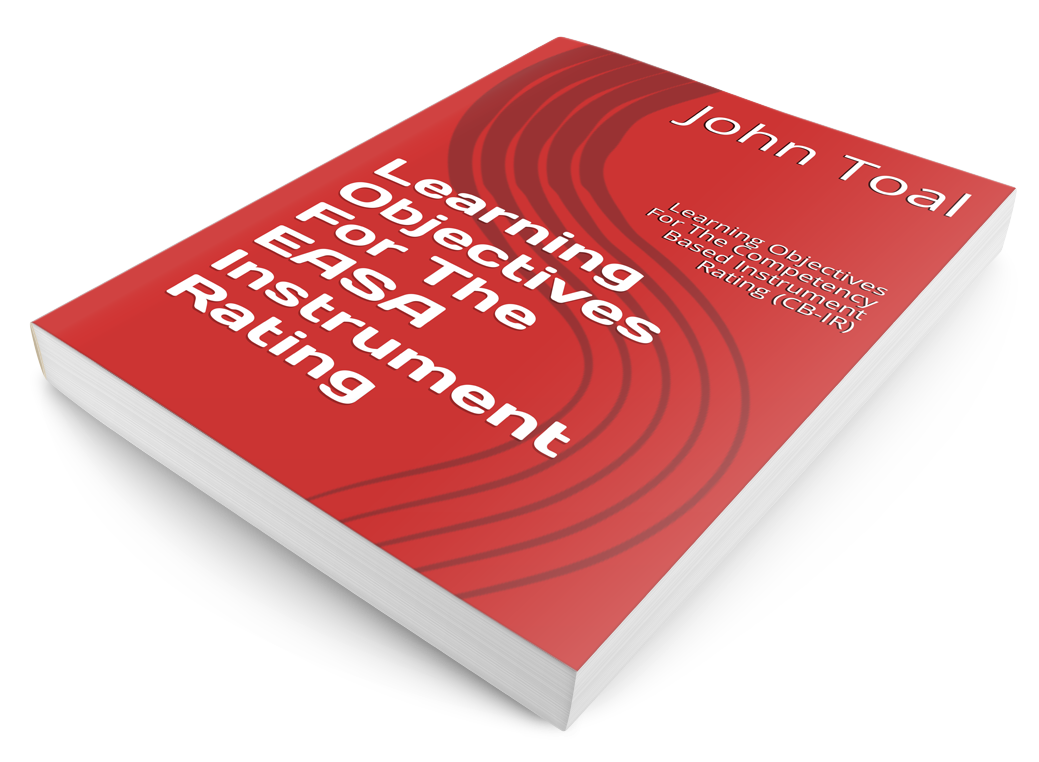

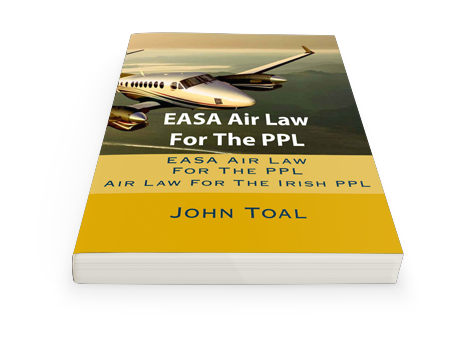
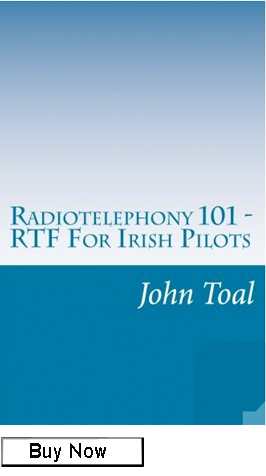
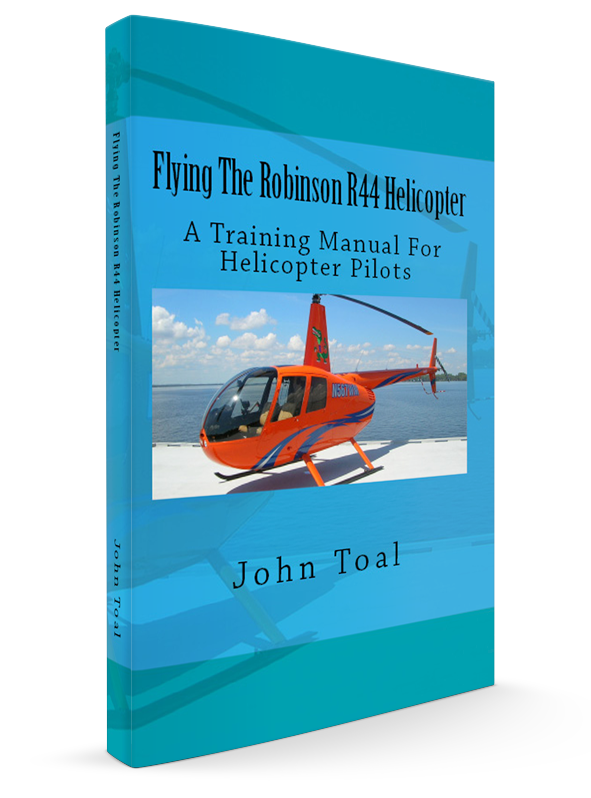

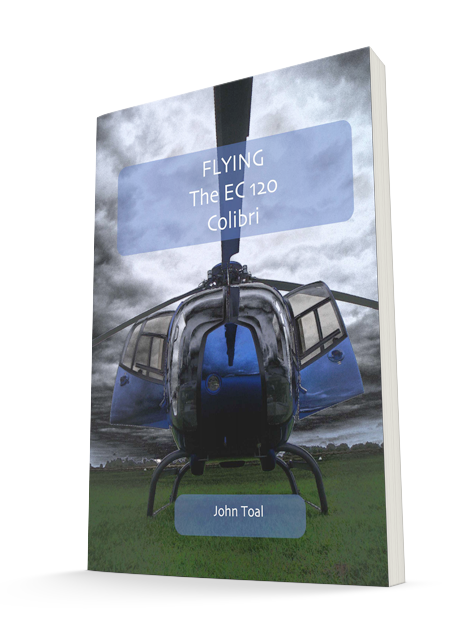
Comments
No comments yet.
Sorry, the comment form is closed at this time.